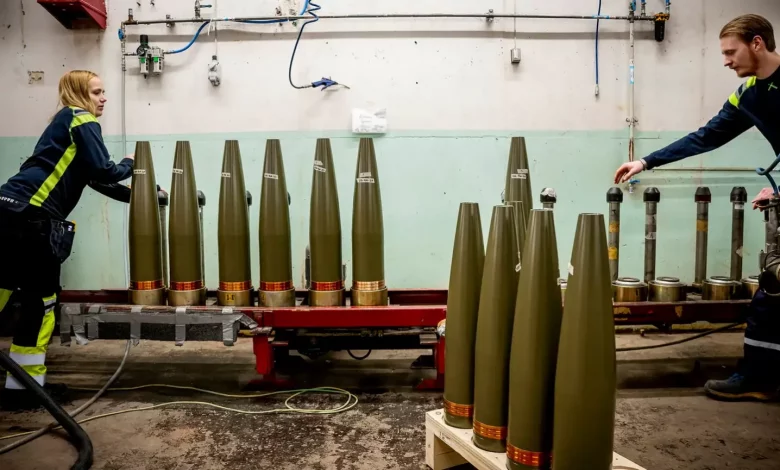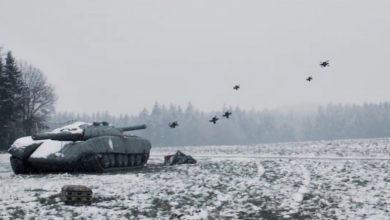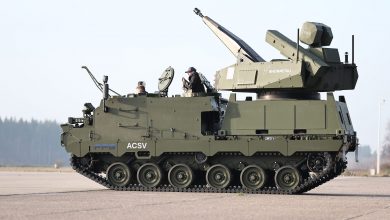Öne ÇıkanSavunma Haberleri
İsveç, Soğuk Savaş’tan bu yana en büyük mühimmat siparişini verdi

İsveç, 1980’lerden bu yana en büyük 155 mm topçu mühimmat siparişini verdiğini duyurdu.
İsveç medyasıDagens Industri tarafından verilen bilgilere göre İsveç, 1980’lerden bu yana en büyük 155 mm topçu mühimmat siparişini verdiğini duyurdu.
İsveç Savunma Malzemeleri İdaresi (FMV), Norveç-Finlandiya şirketi Nammo ve Alman-Güney Afrika şirketi Rheinmetall Denel Munition ile 155 mm mermi ve itici yüklerinin tedariki için iki çok yıllık anlaşma imzaladı.
Her iki sözleşmenin toplam değeri yaklaşık yarım milyar dolar (yaklaşık 5 milyar SEK) olarak gerçekleşti ve bu, 1980’lerden bu yana bu türdeki en büyük sipariş oldu.
Kaynak: M5





